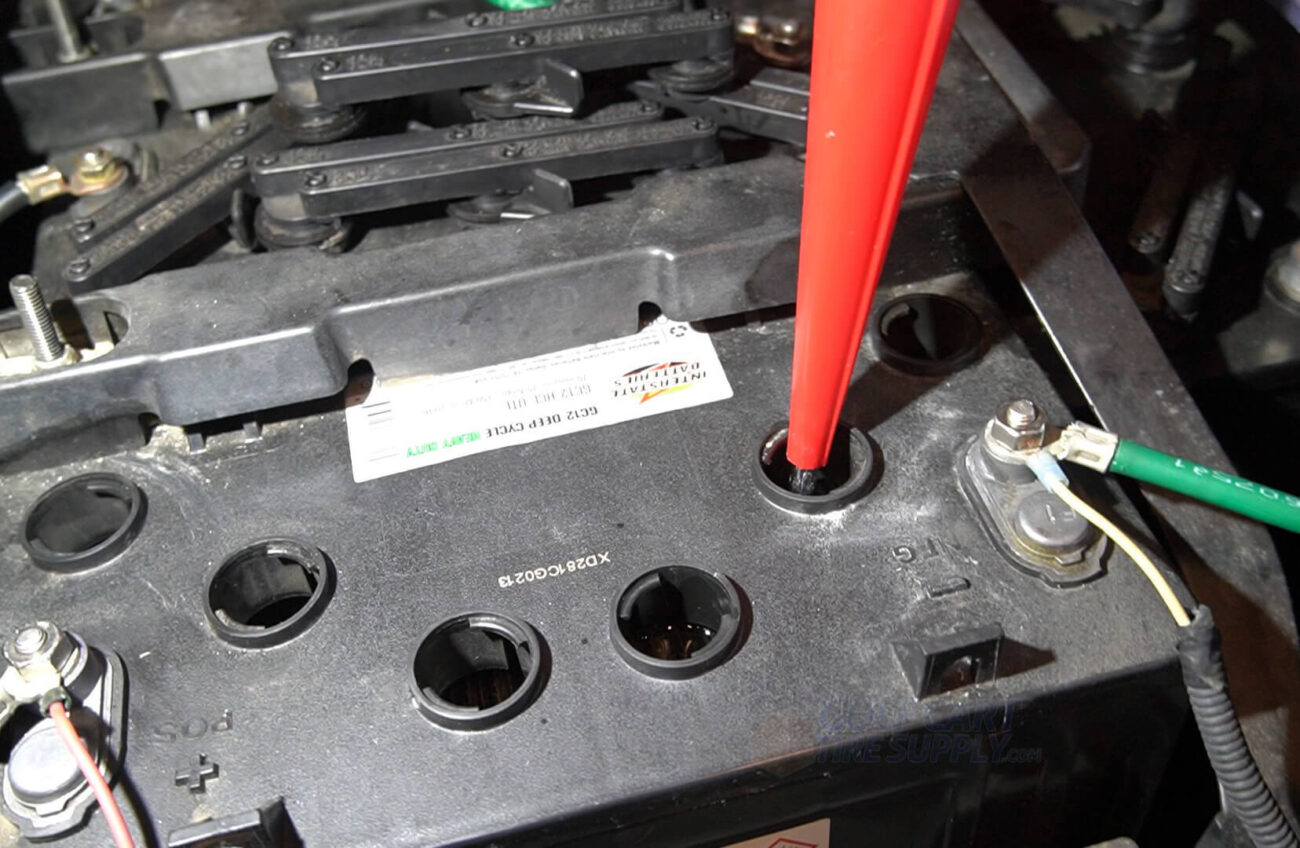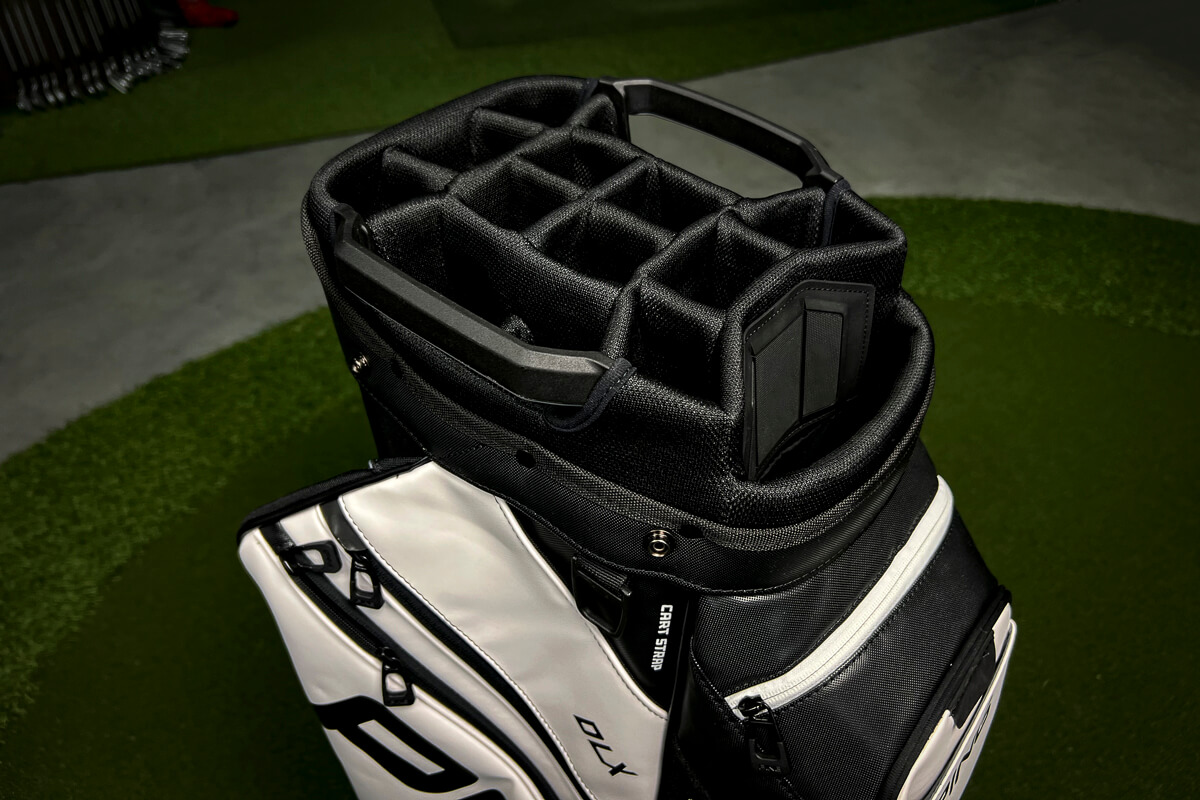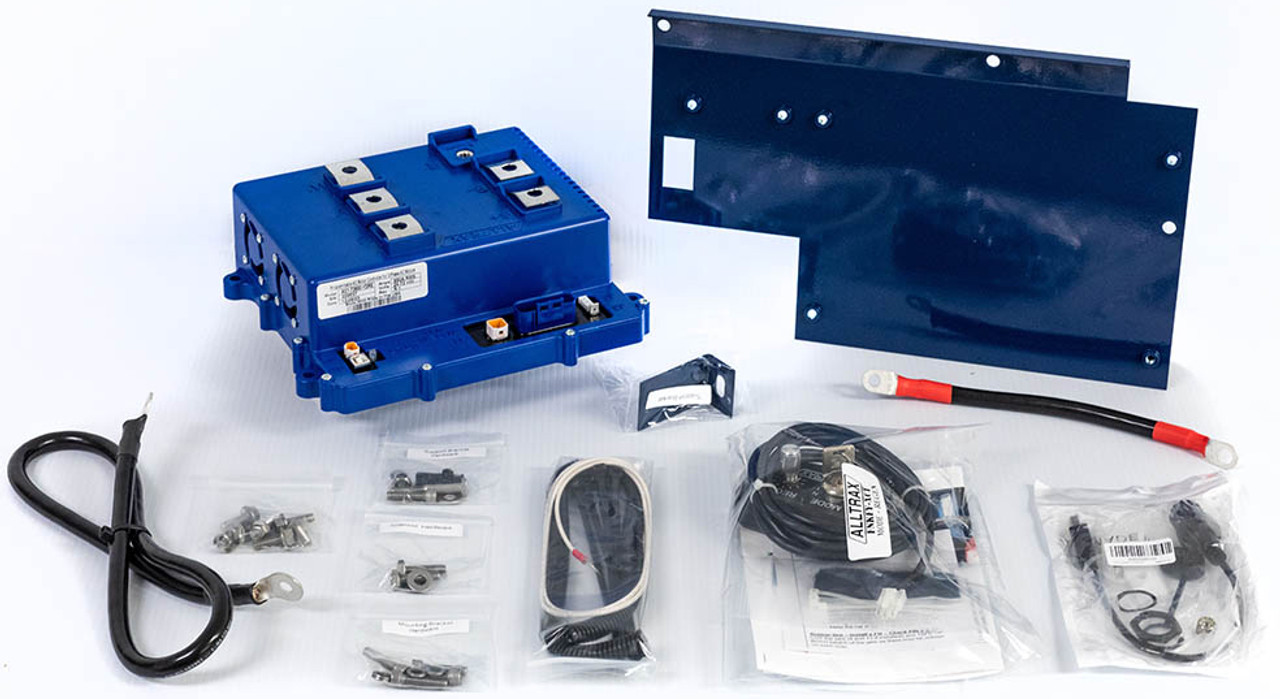
8 Things Golf Pros Won’t Tell You (But Should)
Golf pros walk a fine line—coach, competitor, and friendly face at the club. They see patterns that cost amateurs strokes every day, but some truths are tough to deliver between lessons. Here are eight candid insights your pro should tell you—plus the quick actions to fix them.
Buying Golf Balls in Bulk Saves Money
Sleeves are great for testing, but they’re the most expensive way to buy balls you already trust. If you have a gamer, purchase by the dozen (or multi-dozen) and save per ball.
- Action: Test with sleeves; commit with dozens. Mark a calendar reminder to restock during seasonal promos.
- Bonus: Consistency matters—sticking with one model tightens distance control throughout the bag.
A New Putter Isn’t Always the Solution
Putter tech evolves slowly. Stroke mechanics, face aim, and speed control drive most gains. Swapping models after a bad round often treats the symptom, not the cause.
- Action: Book a putting lesson first. Get your aim, launch, and speed tendency measured.
- Smart upgrade: If you do buy, fit for length, lie, loft, and head style that match your stroke (arc vs. straight).
Your Course Management Is Likely Worse Than Your Ball Striking
Most amateurs lose strokes on decisions, not swings—wrong targets, risky lines, and poor leave locations. Your pro sees it but may hesitate to call out strategy mid-lesson.
- Action: Play a round with a “center of green” rule and track penalties/short-sides. Expect fewer doubles immediately.
- Par-5 plan: If you can’t reach in two, lay up to a full wedge number—not “as close as possible.”
The Right Golf Ball Can Make a Huge Difference
Spin, feel, and launch vary widely. A ball that fits your speed and preferences adds distance off the tee and control around the green.
- Action: Do a simple ball fit: compare two models on 50–70 yd pitches and mid-irons, then with driver. Pick the one that stops and flies predictably.
- Commit: Once you choose, stick with it—changing balls changes your yardages.
Playing With Weaker Golfers Can Pull Your Score Down
Your environment shapes your standard. If your group struggles to break 100, pace and habits can creep into your game. You don’t have to ditch friends—just balance your tee sheet.
- Action: Schedule one round a month with players a bit better than you. You’ll learn lines, routines, and smart leaves.
- Boundary: Keep social rounds fun—save grind mode for practice or competitive days.
Lessons Are (Usually) More Valuable Than New Gear
Unless your equipment is wildly misfit or ancient, coaching returns more strokes per dollar. Good pros refine what you have before recommending a full switch.
- Action: Commit to a 3–5 lesson plan with practice between. Track one or two KPIs (GIR, up-and-down %, three-putts).
- Gear rule: Fit first; buy second. Small tweaks (lie, loft, shafts, grips) often solve big problems.
Fitness and Flexibility Are Crucial
Mobility and basic strength add speed, prevent pain, and stabilize contact. If your pro asks about the gym, they’re hinting at a performance ceiling.
- Action (10 minutes/day): Hips (90/90s), T-spine (open books), wrists/forearms, and glute bridges. On range days, add band walks and tempo jumps.
- Result: Better turn, later speed, less early extension.
You May Never Reach Your Handicap Goal—Unless You Change Inputs
Goals without matching time, coaching, and fitness are wishes. Great pros will tell you what it really takes and help you build a plan.
- Action: Align goals to inputs: hours/week for practice, lesson cadence, and fitness. Adjust the target—or adjust the workload.
- Clarity: Share your schedule with your coach; ask for a realistic timeline and milestones.
Pro-Approved Quick Wins
- ☑ Buy your gamer ball by the dozen; stop switching models.
- ☑ One putting lesson before any putter purchase.
- ☑ “Middle of green” targets and full-wedge layups on par 5s.
- ☑ One round/month with better players.
- ☑ 3–5 lesson plan with tracked KPIs.
- ☑ 10 daily minutes of mobility/strength.
- ☑ Match handicap goals to time, coaching, and fitness.
Straight talk saves strokes. Take these to heart and you’ll see the difference on the card—and in how your game feels.





Add a review
Your email address will not be published. Required fields are marked *